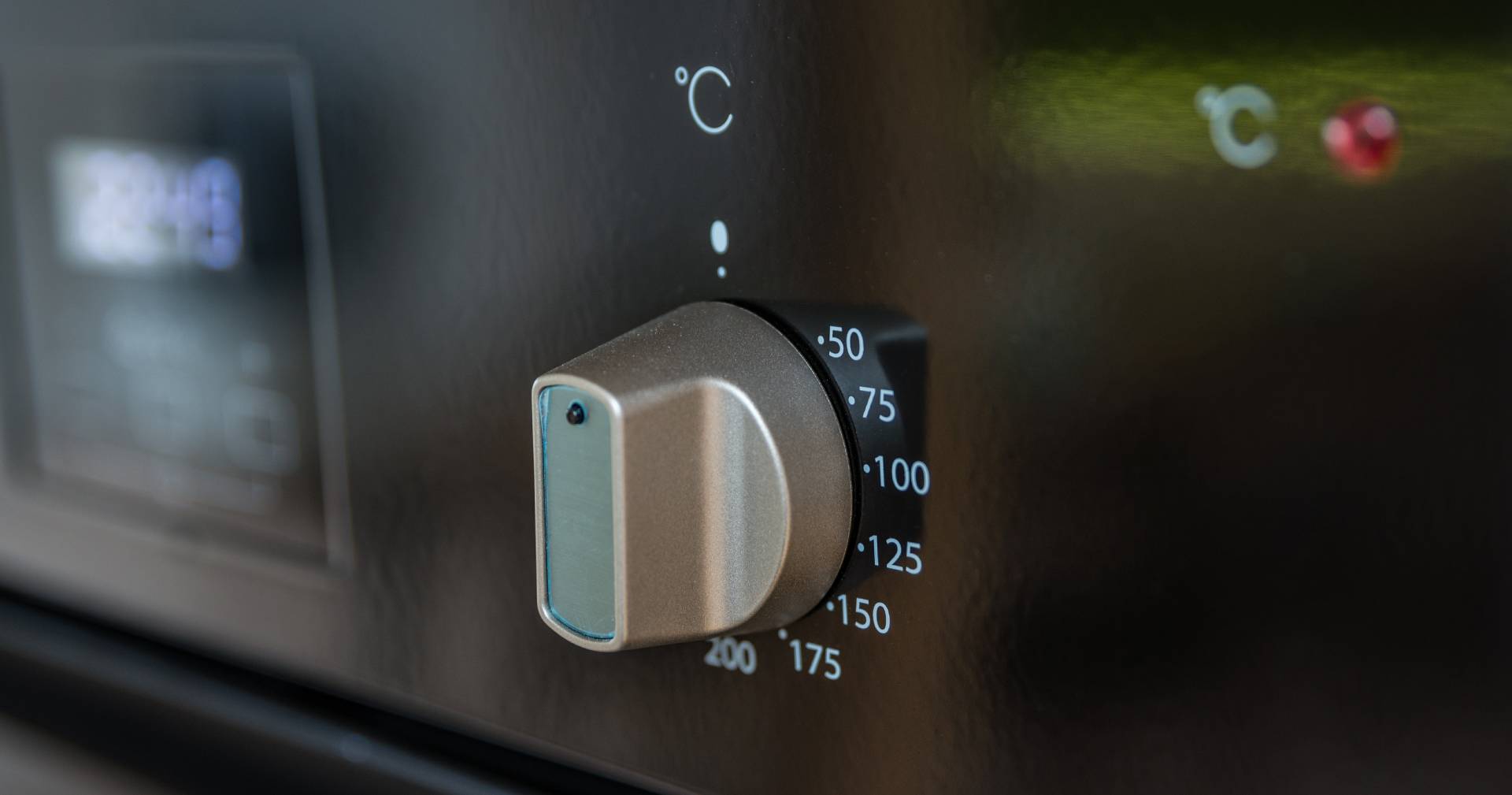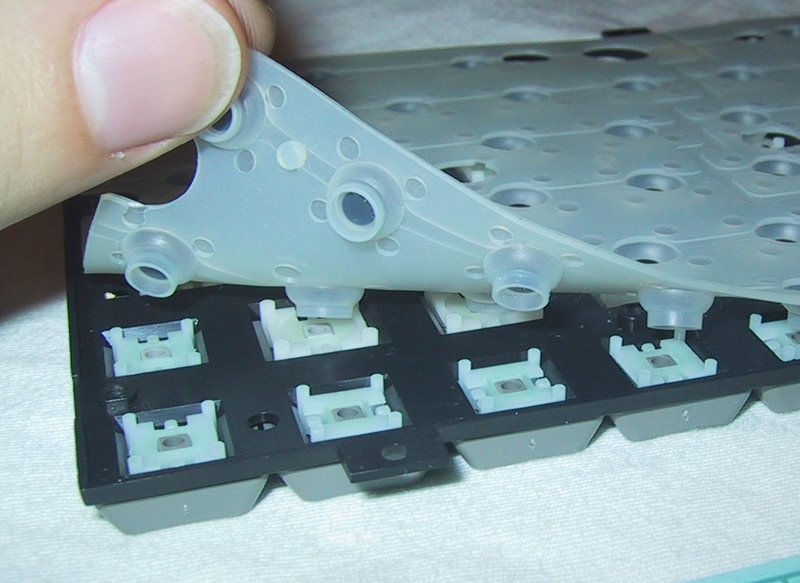Innovations in Membrane Switches for Touch-Sensitive Devices
Innovations in Membrane Switches for Touch-Sensitive Devices
Blog Article
Comprehending the Value of Membrane Switches in Interface
Membrane switches are important parts in the design of efficient interface, facilitating not just performance but also boosting aesthetic allure and customer communication. Their special functions, such as resistance to environmental aspects and personalized designs, make them appropriate for a varied selection of applications across multiple sectors. As we check out the future fads and various benefits connected with Membrane innovation, it ends up being clear that these switches are more than simply elements; they represent a convergence of development and usefulness. The ramifications of this modern technology on individual experience deserve taking a look at even more.
What Are Membrane Buttons?
The spacer layer, which consists of adhesive residential or commercial properties, enables the splitting up of the circuit layer from the overlay, guaranteeing that the switch remains in a non-activated state until pushed. When pressure is related to the overlay, it compresses the spacer layer, linking the gap and finishing the circuit in the underlying layer. This layout not only reduces the physical space needed for conventional mechanical switches but also improves the durability of the tool, as Membrane switches are generally immune to dust, moisture, and other environmental aspects.
Frequently discovered in applications varying from consumer electronic devices to clinical devices, Membrane switches are indispensable to modern-day technology, offering a user-friendly and efficient user interface that aligns with modern layout needs.
Benefits of Membrane Buttons
While many button technologies exist, Membrane Switches offer unique benefits that make them specifically desirable in different applications. Among the key benefits of Membrane buttons is their compact design, which permits space-saving implementations in devices where realty is limited. Their slim profile not just enhances visual allure yet additionally promotes lightweight building.
One more considerable benefit is their resistance to ecological factors. Membrane switches are usually sealed versus moisture, dust, and pollutants, making them suitable for use sought after atmospheres, such as medical devices and commercial tools. This toughness extends the lifespan of the button, lowering maintenance expenses and improving integrity.
Moreover, Membrane switches can be tailored to meet details style requirements, including one-of-a-kind graphics and shades that improve customer interaction. Their responsive comments choices can also be tailored to provide a rewarding customer experience. Additionally, Membrane buttons are cost-effective, particularly in high-volume applications, as they can be generated successfully.
Applications in Numerous Industries

In the customer electronic devices field, Membrane switches are common in devices such as microwaves, washing machines, and push-button controls. Their tactile responses and aesthetic options improve customer experience while providing a streamlined, contemporary look. Additionally, automotive suppliers make use of Membrane switches in dashboard controls and infotainment systems, where space is restricted, and individual involvement is vital.
Furthermore, the industrial industry leverages Membrane switches in control panels for equipment and tools, enabling user-friendly procedure in commonly harsh settings. Their resistance to chemicals and dampness makes certain long life and dependability in these applications. Overall, the versatility of Membrane Switches contributes substantially to their extensive usage, making them vital in numerous technical domains.
Layout Considerations for Membrane Switches

When developing Membrane buttons, several vital considerations have to be taken into consideration to make sure optimum functionality and customer experience. The option of products is crucial; choosing resilient, top notch substratums can improve the switch's durability and resistance to useful source environmental aspects such as wetness and temperature fluctuations.
Second of all, the style of the visuals overlay must prioritize clearness and simplicity of use. Icons and text should be readable, and the design ought to assist in intuitive interaction (membrane switches). Furthermore, responsive comments is crucial; including a tactile dome or other mechanisms can enhance the user experience by providing physical verification of activation
One more essential element is the button's electrical performance. Designers have to ensure that the conductive traces are correctly developed to decrease resistance and avoid signal disturbance. This involves examining the needed actuation pressure and making sure compatibility with the electronic components they will certainly user interface with.

Future Patterns in Membrane Modern Technology
As innovation remains to advancement, Membrane switches are positioned to develop substantially, driven by technologies in products and manufacturing techniques. One emerging pattern is the unification of advanced materials, such as versatile substrates and conductive inks, which improve toughness and reduce the overall weight of Membrane buttons. These materials not only enhance the responsive feedback but also enable the layout of switches that can withstand harsher environmental conditions.
In addition, the combination of touch-sensitive modern technologies is changing traditional Membrane Switches right into even more interactive customer interfaces. Capacitive touch sensors installed within Membrane button panels can give a much more user-friendly and responsive user experience, straightening with the expanding need for streamlined, modern styles in customer electronic devices.
In addition, advancements in printing strategies, such as electronic and 3D printing, make it possible for fast prototyping and modification of his explanation Membrane buttons. This flexibility enables suppliers to respond quicker to market demands and customer choices.
Finally, sustainability is ending up being a considerable emphasis, with makers checking out environment-friendly products and procedures. As these trends unfold, the future of Membrane modern technology promises enhanced capability, aesthetic charm, and ecological obligation, strengthening their function in sophisticated customer interfaces throughout numerous markets.
Conclusion
In conclusion, Membrane Switches stand for an essential part in the design of customer interfaces, combining capability with aesthetic versatility. As innovations in innovation proceed, the advancement of Membrane switches is expected to more fine-tune user interfaces, driving innovation and enhancing use in a progressively complicated technological landscape.
Membrane buttons are integral parts in the layout of reliable individual interfaces, helping with not only capability however additionally improving visual allure and individual interaction.Membrane Switches offer as an essential part in different customer interfaces, helping with a seamless interaction between users and electronic gadgets.While various switch technologies exist, Membrane Switches deal distinctive benefits that make them especially preferable in various applications.Furthermore, Membrane buttons can be tailored to satisfy specific style requirements, including one-of-a-kind graphics and shades that improve user interaction.In verdict, Membrane Switches stand for a crucial element in the design of user interfaces, combining capability with visual versatility.
Report this page